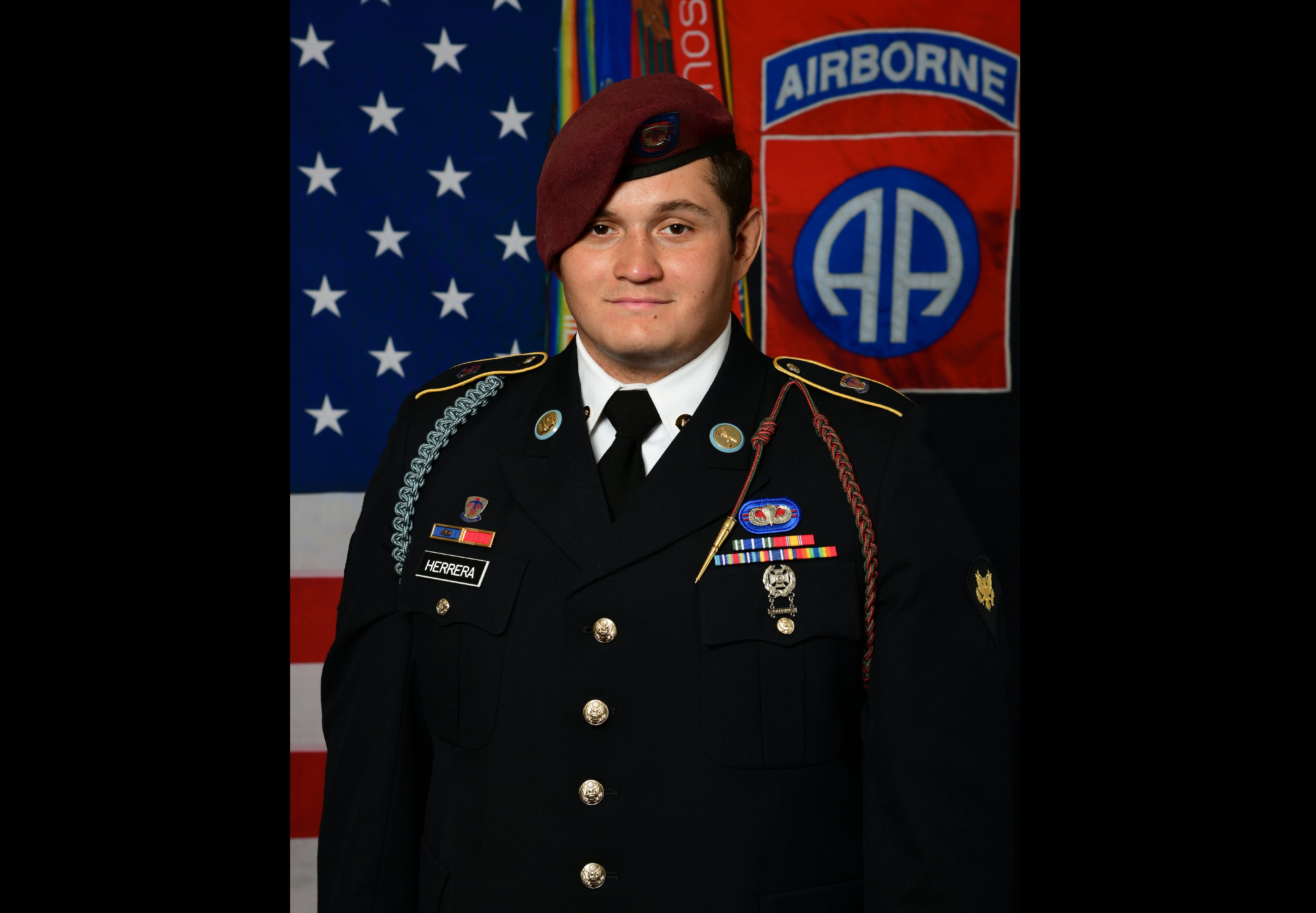FORT RUCKER, Ala. — There’s a common thread between all of the Army’s fatal on-duty ground tactical vehicle accidents since 2018, according to the service’s top safety officer.
Every single soldier who died either wasn’t wearing a seatbelt or didn’t have a functional one available.
“[During] the last four years, if you were in an accident, but you had a [working] seatbelt available to you...and you used it — you were not killed,” said Brig. Gen. Andrew Hilmes in a Monday afternoon interview. “We shouldn’t be losing people because of seatbelts.”
Hilmes, who received a Silver Star for his role as a Task Force 1-64 Armor company commander during the famous Thunder Runs into Baghdad in April 2003, is “dual-hatted” as the director of Army safety and the commander of the Army Combat Readiness Center.
Outside his Fort Rucker office, a television screen displays a graphic with the faces of each soldier killed in an accident during fiscal 2021.
But Hilmes isn’t the only general officer pointing at seatbelt use after four paratroopers were ejected from a Humvee that rolled over on April 28 at Fort Bragg, North Carolina, killing one. Another soldier died at Yakima Training Area, Washington, April 25 when his truck rolled down a hill.
RELATED

Army Forces Command boss Gen. Michael X. Garrett has ordered his units to “verify every one of your leaders and soldiers have been trained on the proper usage of restraints and seatbelts,” according to Hilmes.
A command spokesperson confirmed that Garrett put out the order, explaining that it was partially motivated by the recent accidents.
In a statement emailed to Army Times, Garrett said that his troops need to “understand and abide by stablished standards and procedure when operating equipment.”
“We must remain watchful for any activity that could cause a Soldier injury or death,” Garrett continued. “Safety is paramount in all we do and I expect Soldiers and Leaders at every echelon across Forces Command to follow and enforce standards.”
Hilmes sees the message as critical during this time of year, too. CRC accident data shows that ground vehicle deaths traditionally spike during the third quarter of the fiscal year, which runs from April through June.
And those deaths usually don’t happen during live fires and other high risk exercises, Hilmes explained.
“They’re [virtually] all during low risk missions,” the general said.
A typical fatal accident profile involves “one to four vehicles...just trying to drive on a flat surface from point A to point B — and they’re failing because we didn’t apply the things we’ve been taught,” Hilmes added.
But even poor planning doesn’t have to be fatal.
“The equipment is extremely well-designed. You can have the shittiest mission, poor troop leading procedures, no convoy brief whatsoever, speeding...[or no] PPE,” said Hilmes. “But if you just had your damn seatbelt and you were using it — or your restraint [if] you were in the gunner’s hatch — you survived the accident.”
Davis Winkie covers the Army for Military Times. He studied history at Vanderbilt and UNC-Chapel Hill, and served five years in the Army Guard. His investigations earned the Society of Professional Journalists' 2023 Sunshine Award and consecutive Military Reporters and Editors honors, among others. Davis was also a 2022 Livingston Awards finalist.





